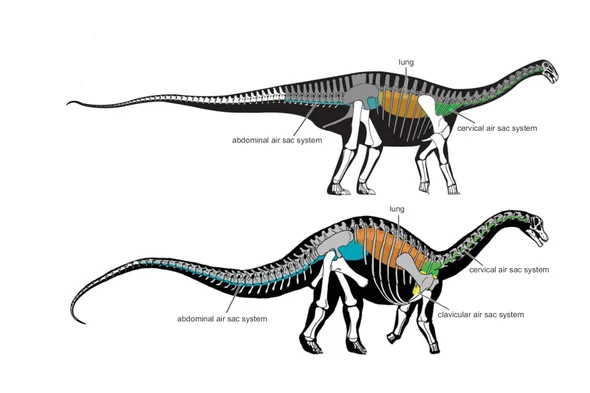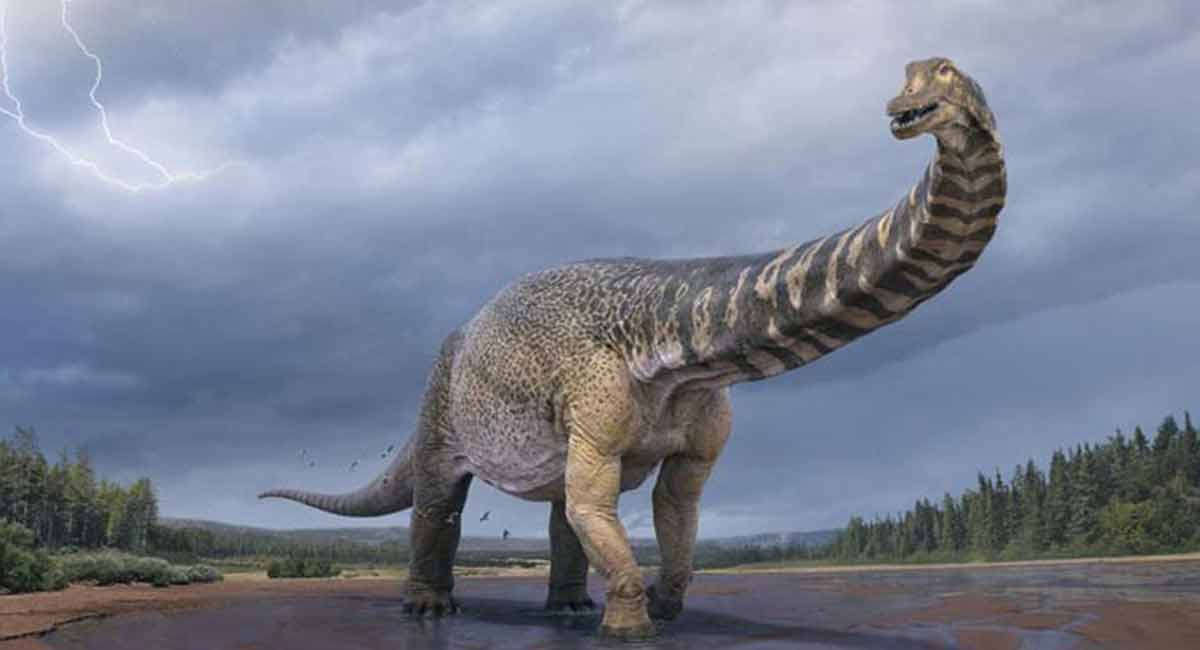There is ongoing research that suggests some dinosaurs may have suffered from respiratory diseases. One of the main pieces of evidence for this idea is the structure of the bones in the heads of certain dinosaurs, such as theropods (which include Tyrannosaurus rex) and sauropods (which include Brachiosaurus and Diplodocus).
Previous research has found that dinosaurs suffered from cancer, gout, and infections from injuries, but this study presents the first fossil evidence of a respiratory infection in a non-avian dinosaur.

Researchers in the USA and Canada examining the bones of a young diplodocid dinosaur, nicknamed Dolly, found that even some of the largest animals to walk the Earth weren’t immune to respiratory illness.
A paleontologist at the Great Plains Dinosaur Museum in Montana, Cary Woodruff had seen other anomalies in sauropod vertebra before but had never seen anything like this.
Woodruff added, “We’ve all experienced these same symptoms – coughing, trouble breathing, a fever – and here’s a 150-million-year-old dinosaur that likely felt as miserable as we all do when we’re sick.”
However, These dinosaurs had large openings, called pneumatic foramina, in their skulls that allowed air to pass through the bones. While these openings were likely important for helping the dinosaurs to breathe, they may also have made the animals more susceptible to respiratory infections or other diseases. In modern birds, which are descended from theropod dinosaurs, similar openings in the skull are known to be associated with respiratory disease and infections.




